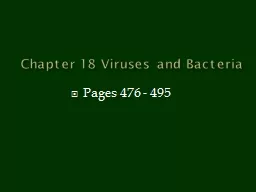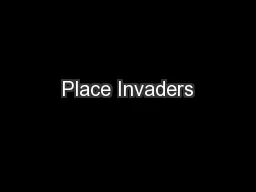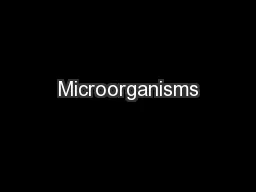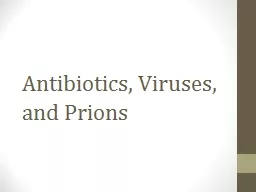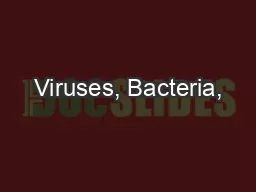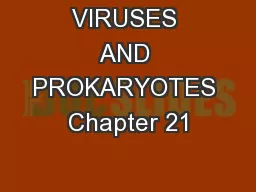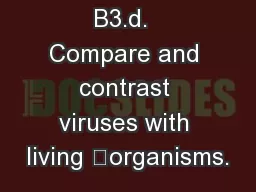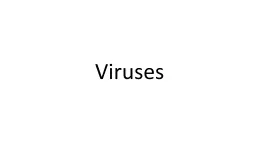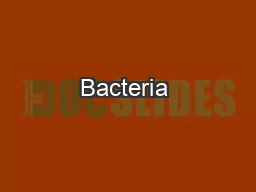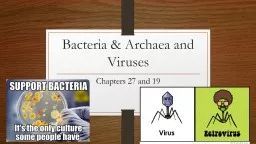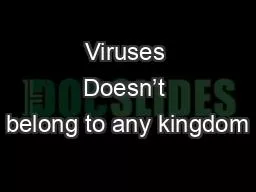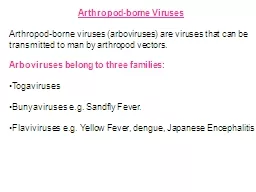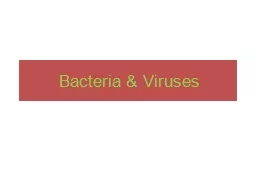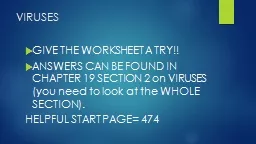PPT-Chapter 18 Viruses and Bacteria
Author : danika-pritchard | Published Date : 2018-10-21
Pages 476 495 A Rhinovirus The Flu What is a Virus Nonliving particles that cant reproduce nucleic acids DNA or RNA enclosed in a protein coat Smaller than
Presentation Embed Code
Download Presentation
Download Presentation The PPT/PDF document "Chapter 18 Viruses and Bacteria" is the property of its rightful owner. Permission is granted to download and print the materials on this website for personal, non-commercial use only, and to display it on your personal computer provided you do not modify the materials and that you retain all copyright notices contained in the materials. By downloading content from our website, you accept the terms of this agreement.
Chapter 18 Viruses and Bacteria: Transcript
Download Rules Of Document
"Chapter 18 Viruses and Bacteria"The content belongs to its owner. You may download and print it for personal use, without modification, and keep all copyright notices. By downloading, you agree to these terms.
Related Documents

